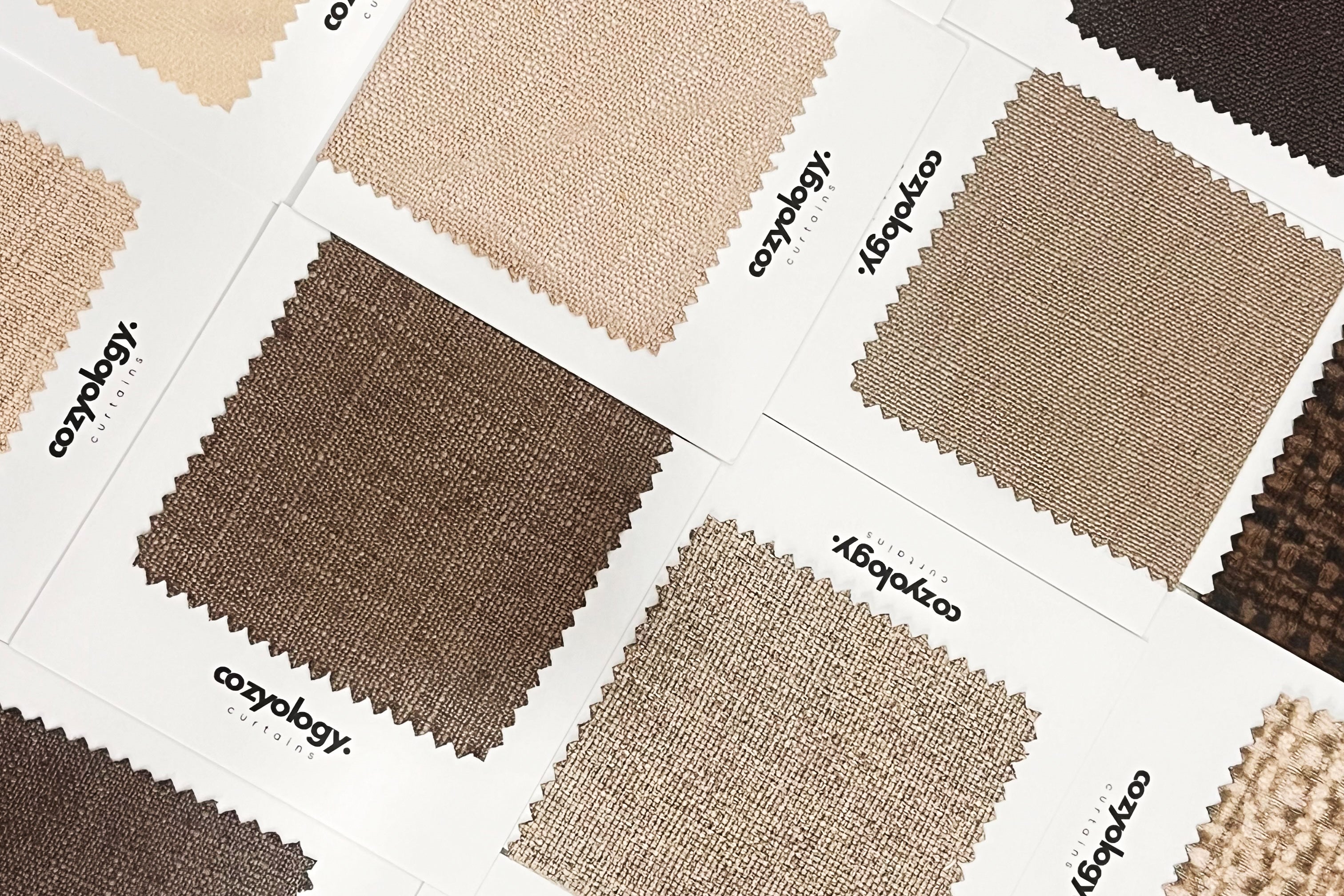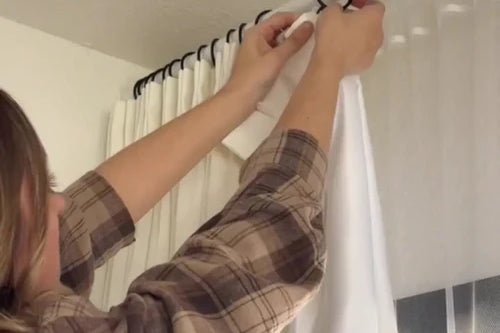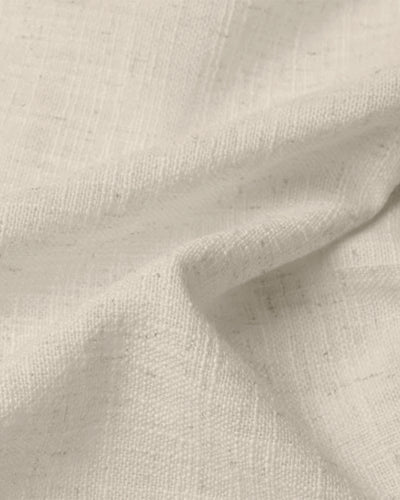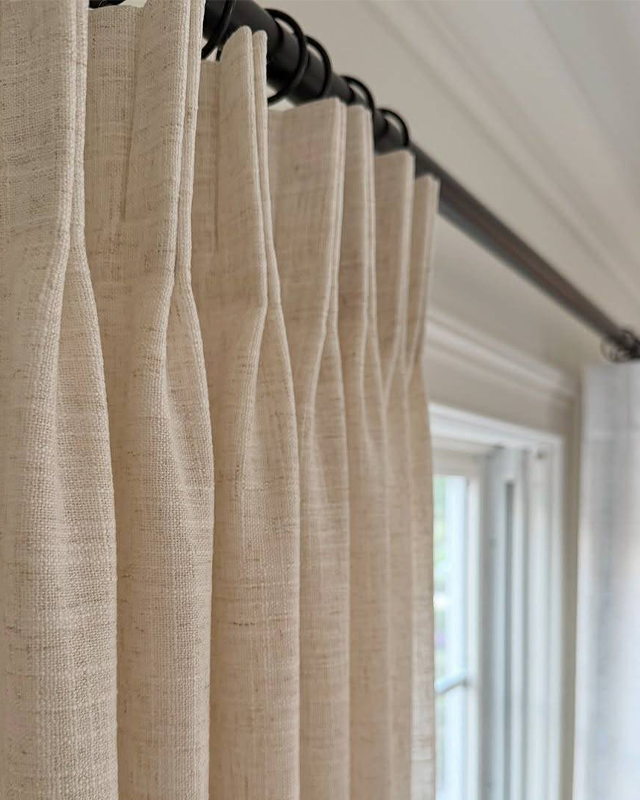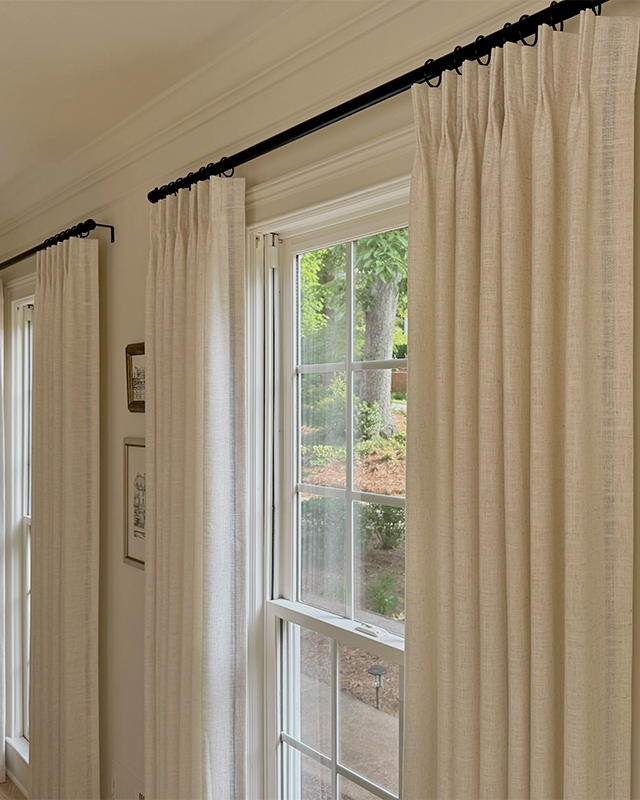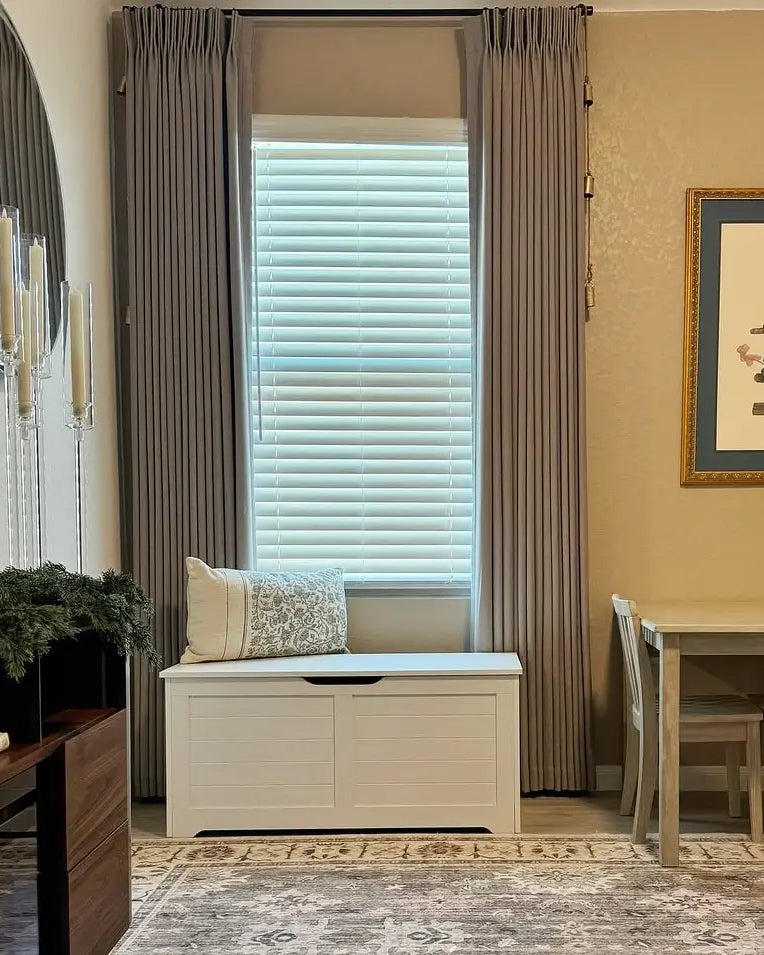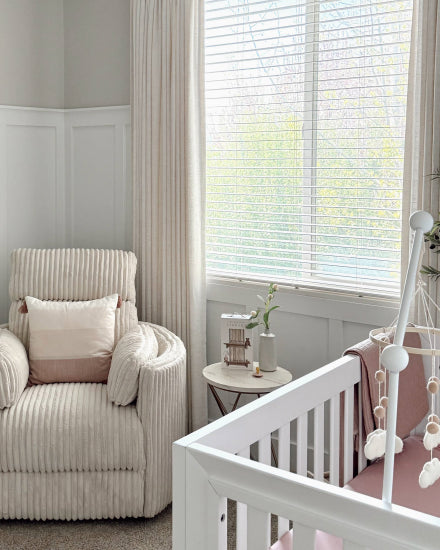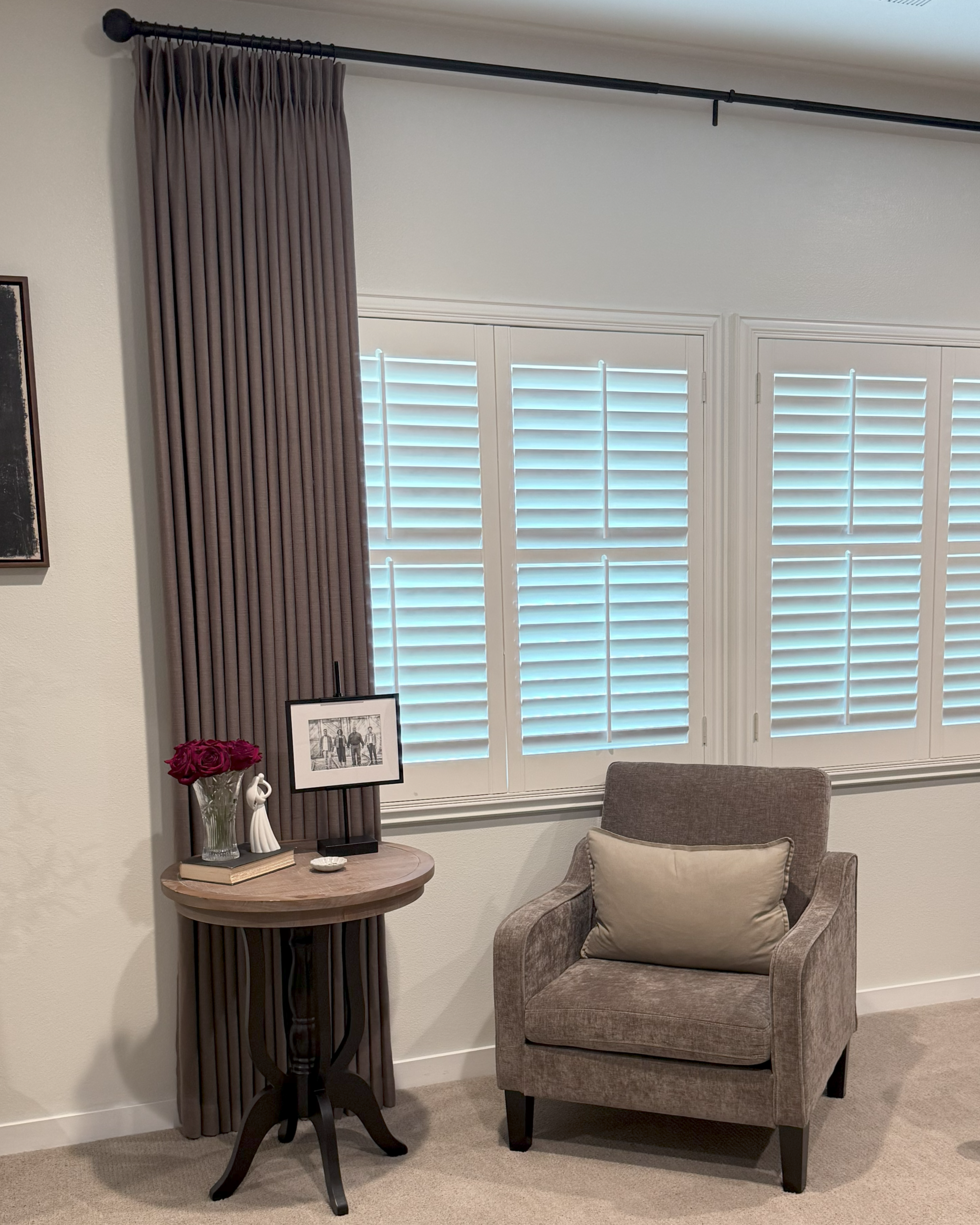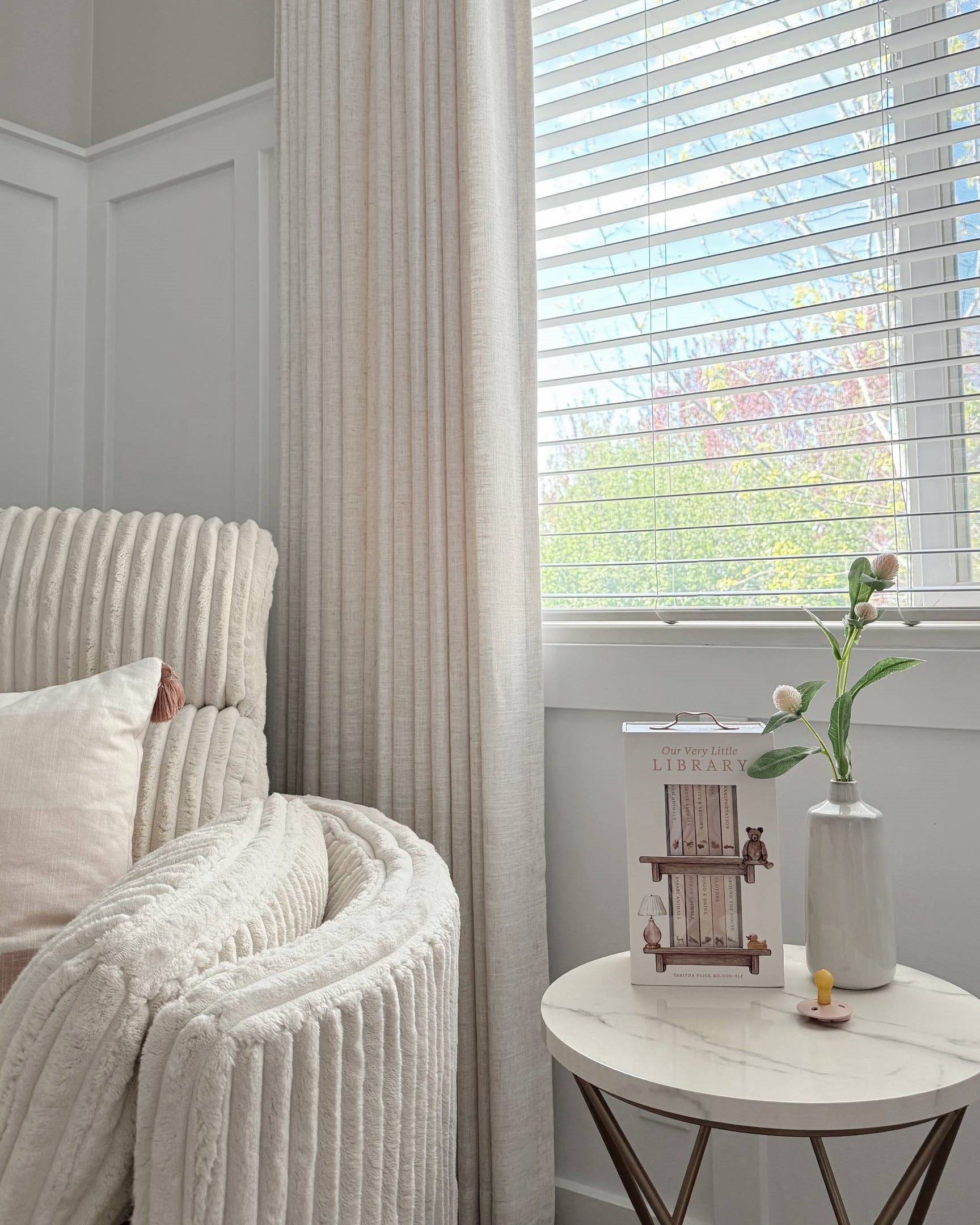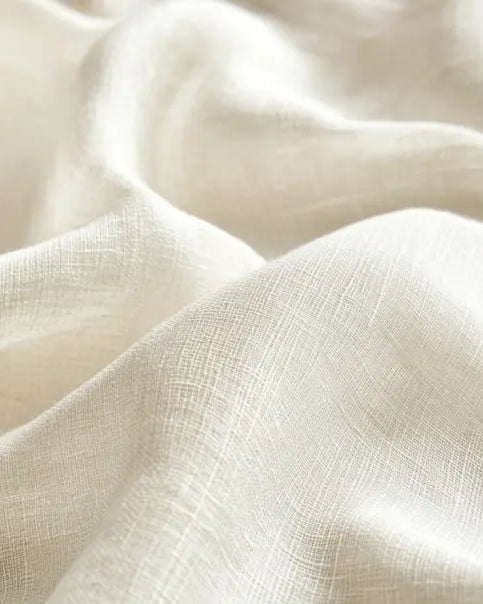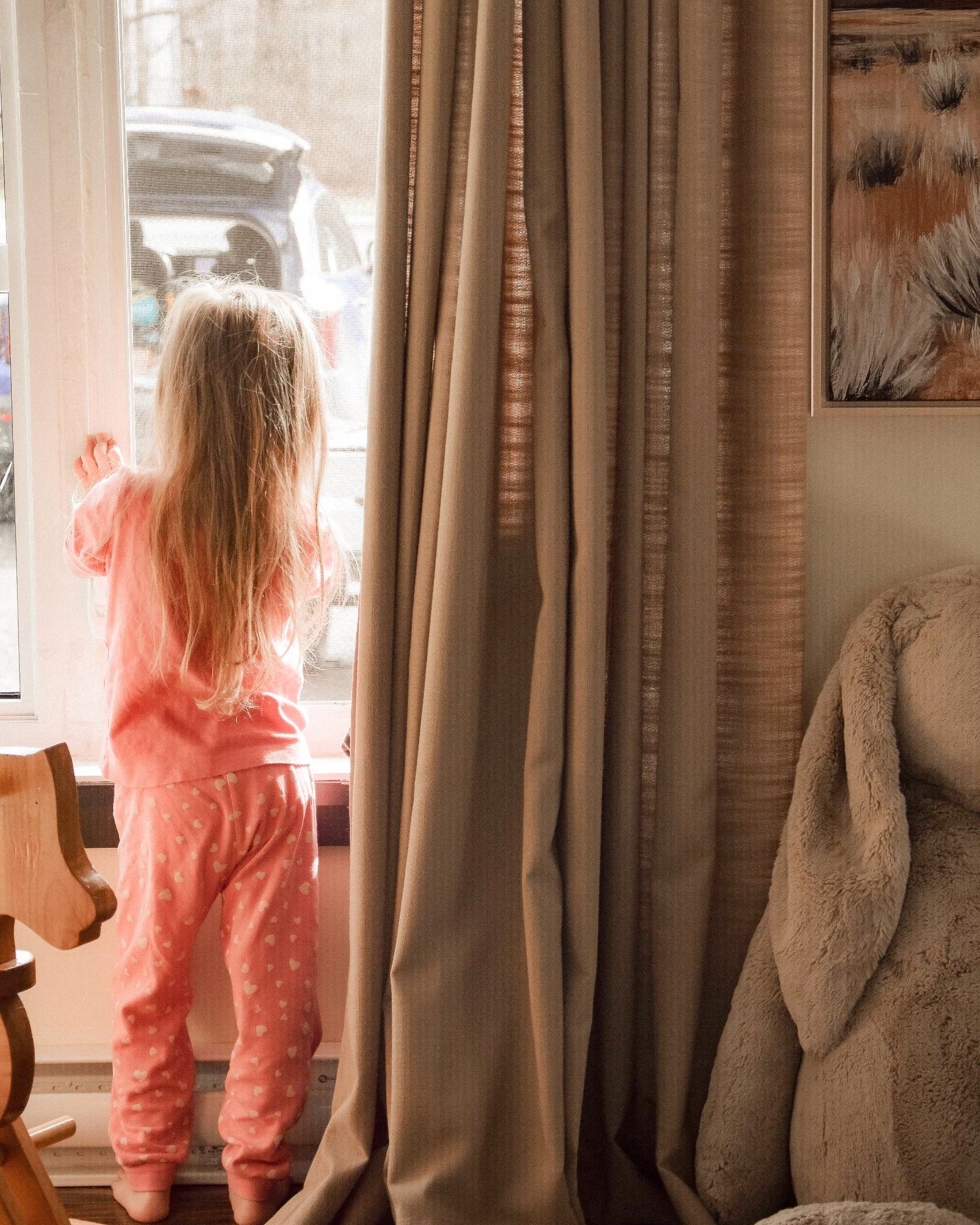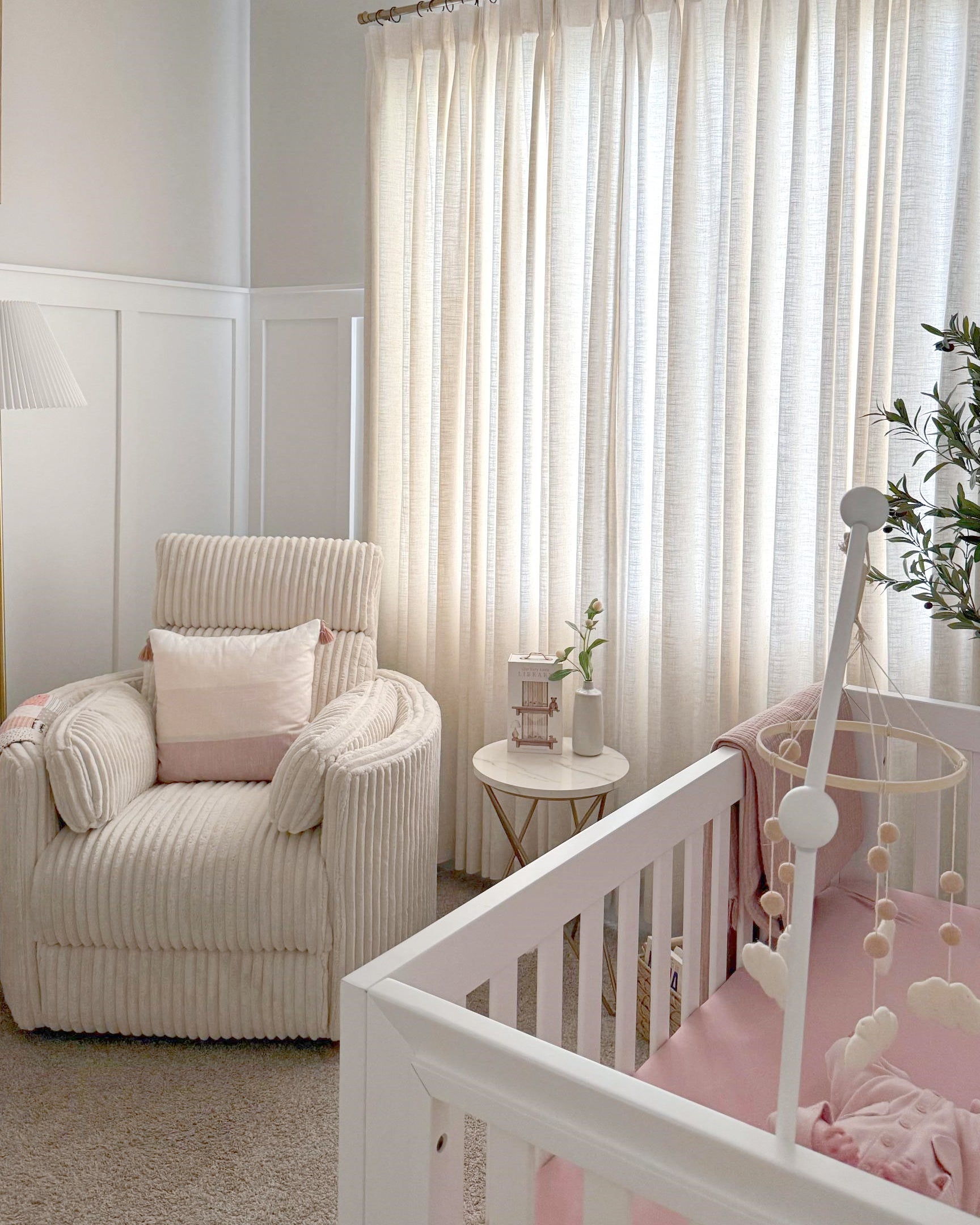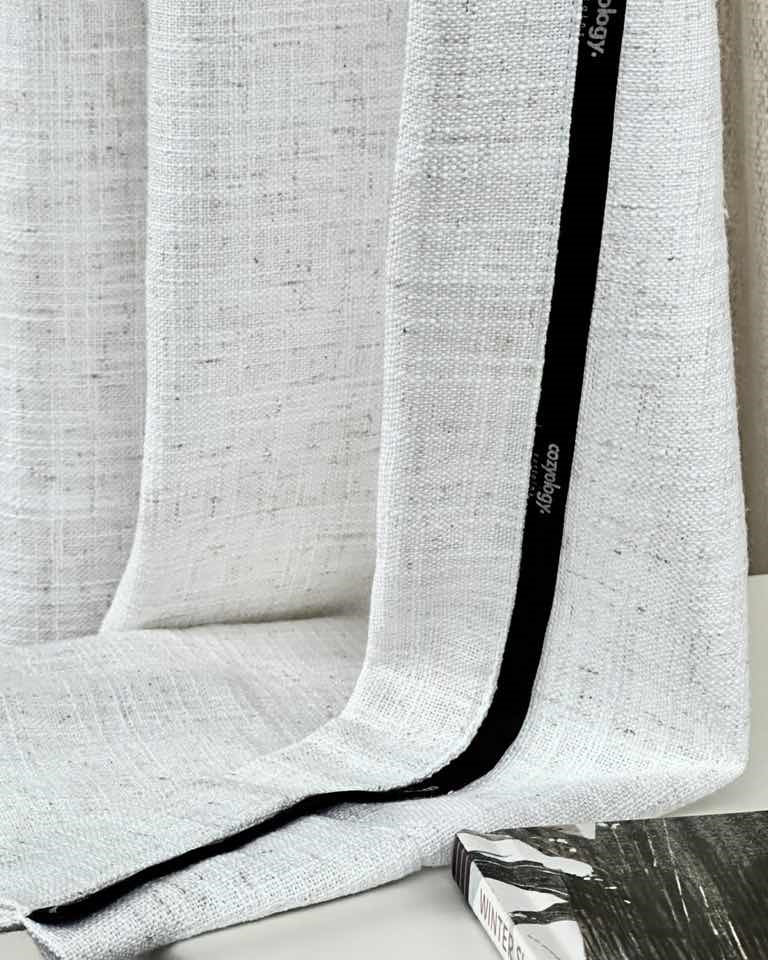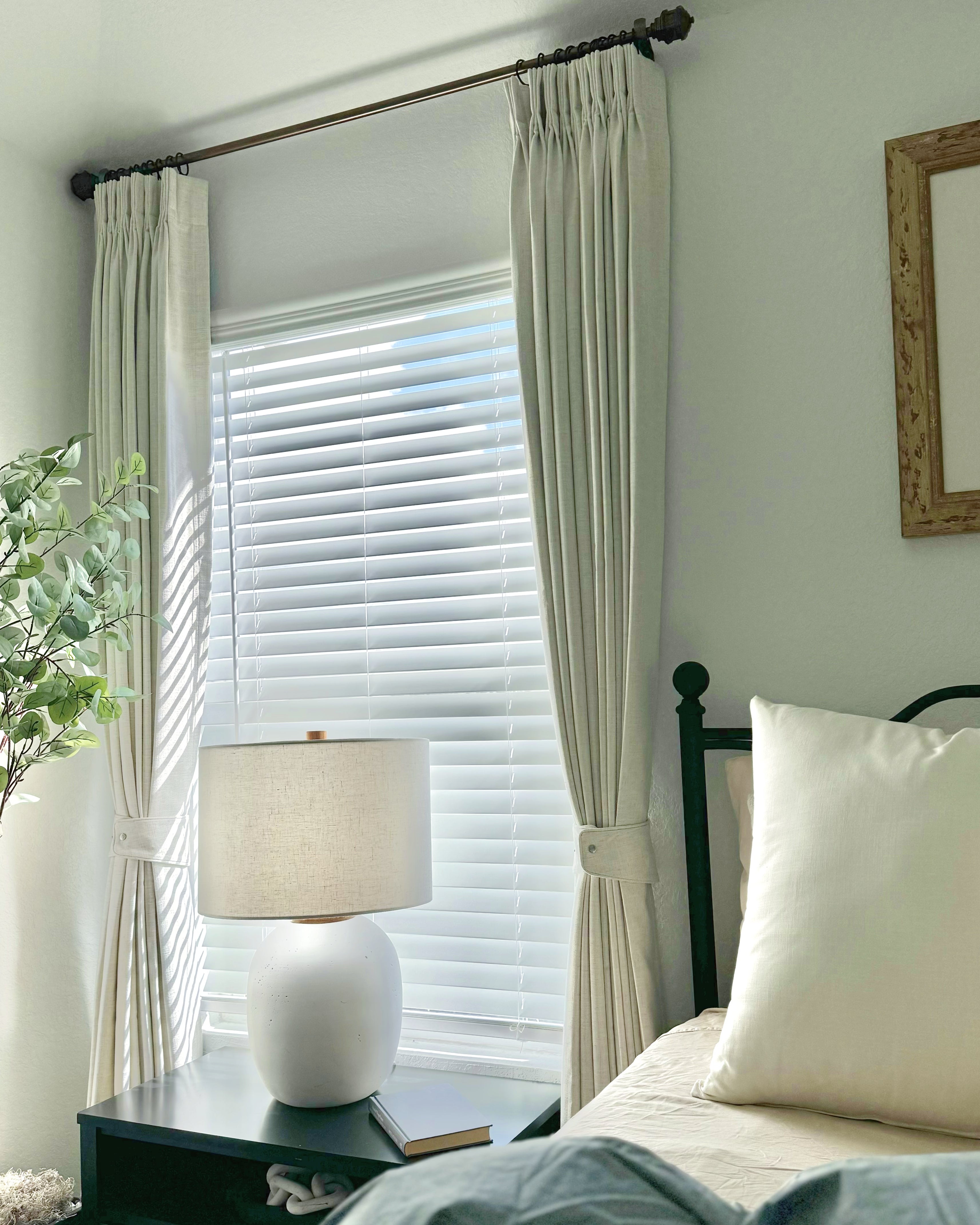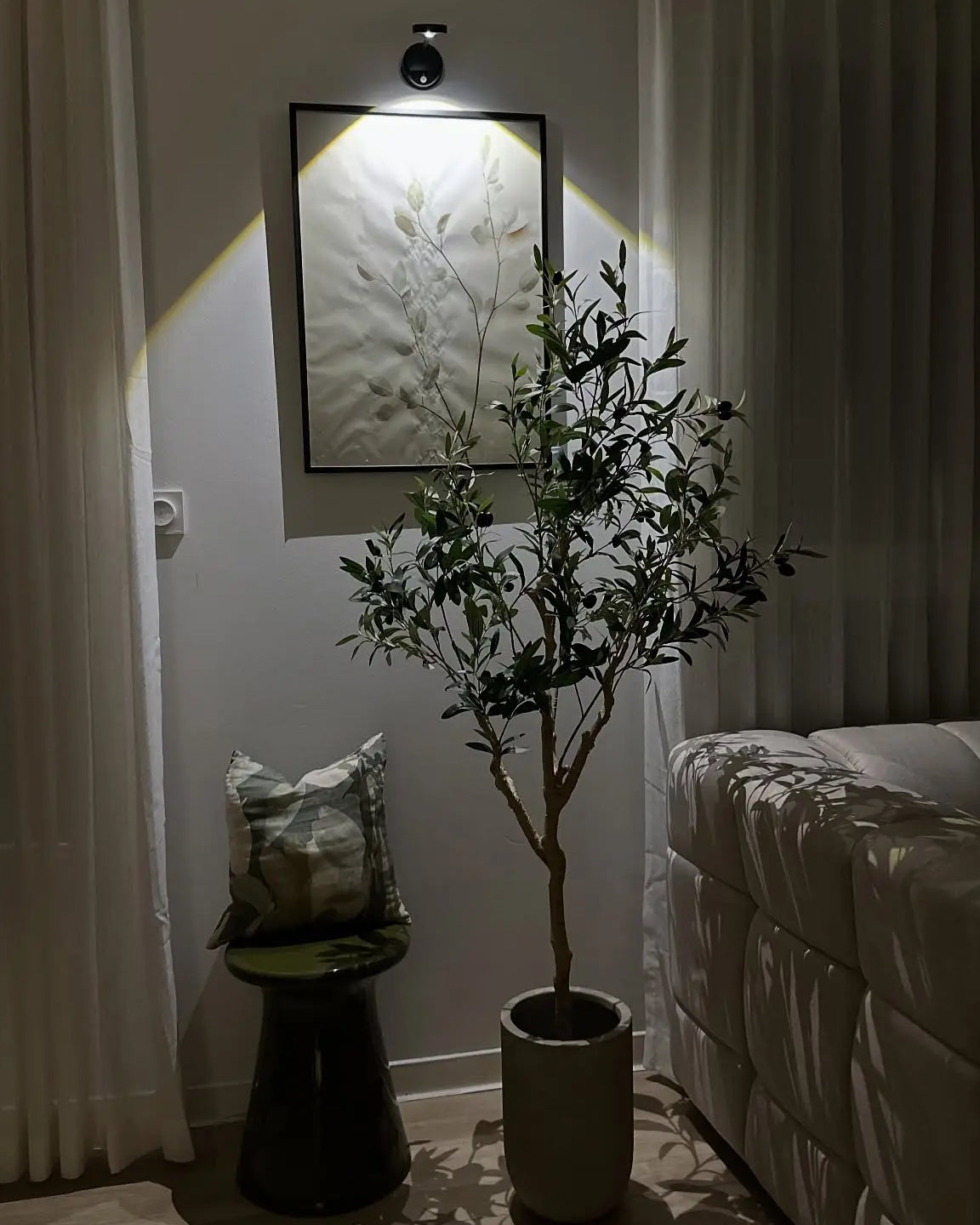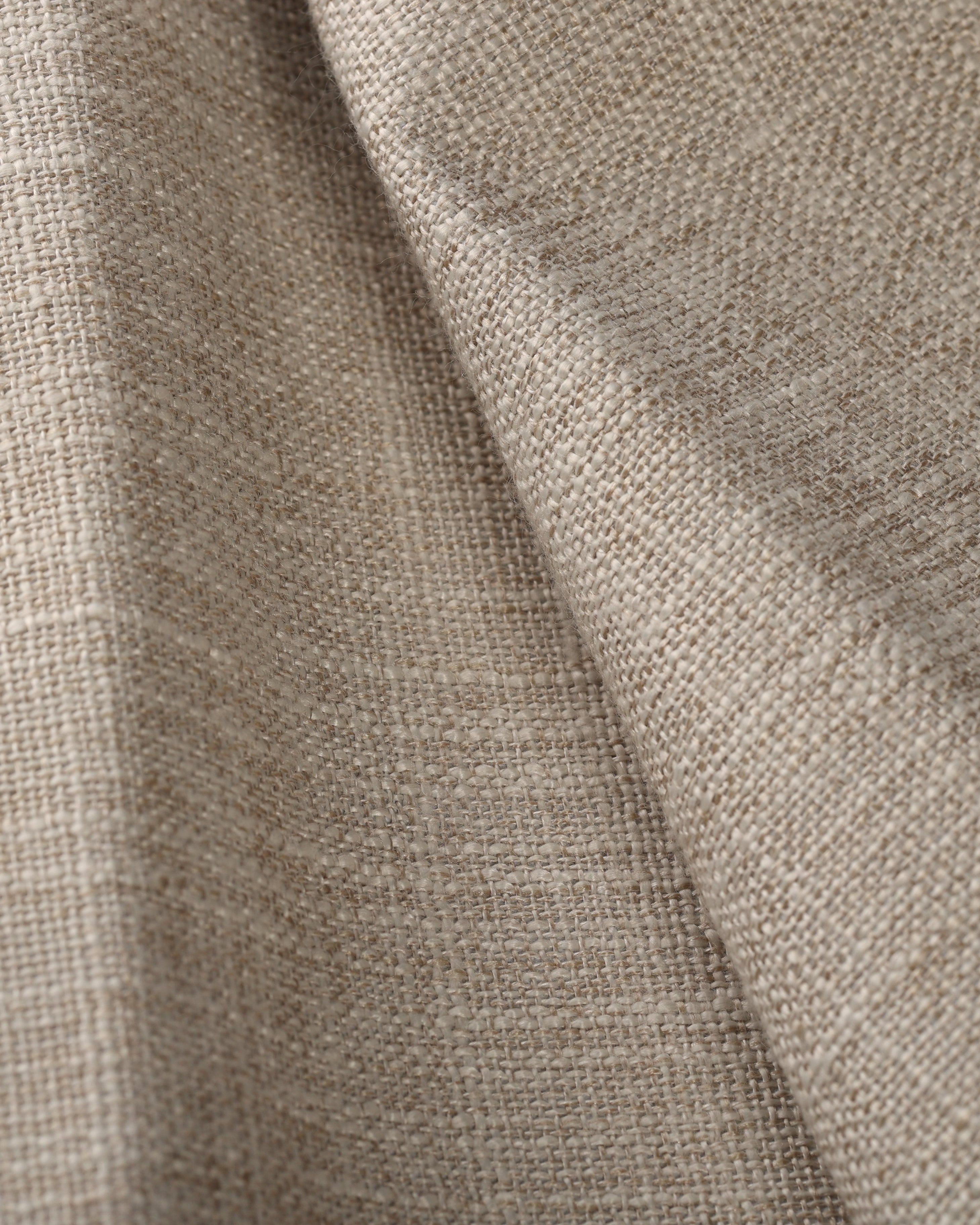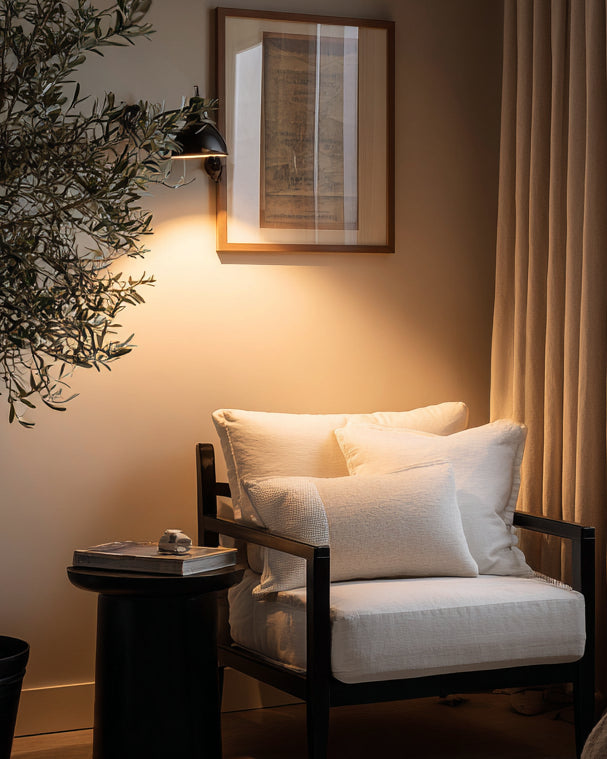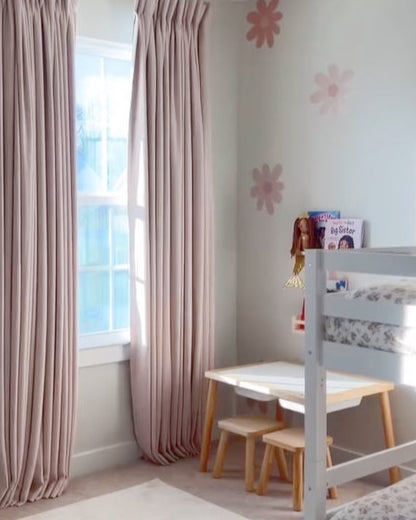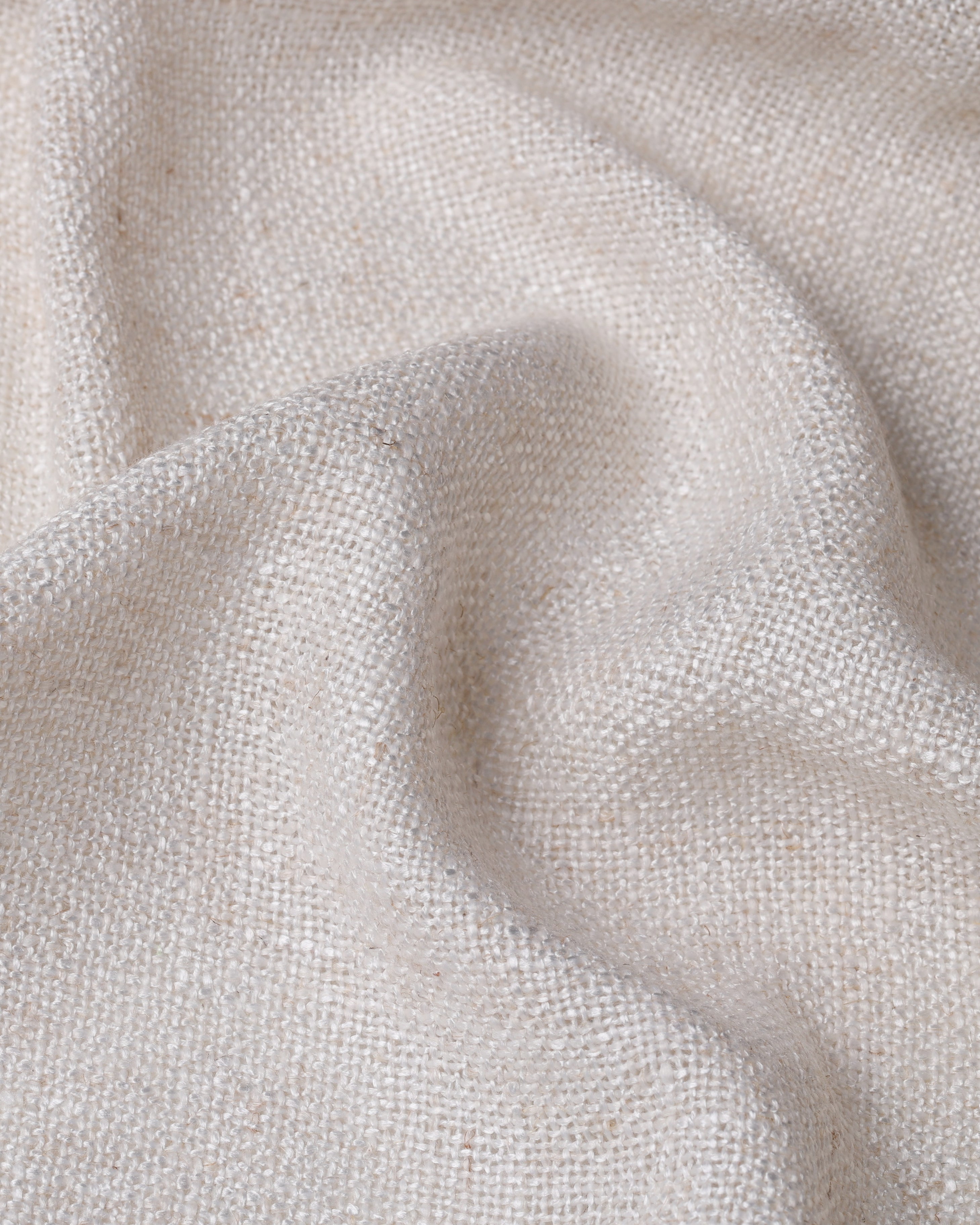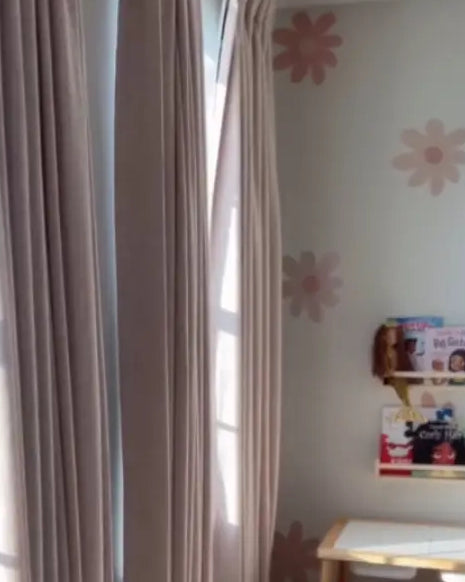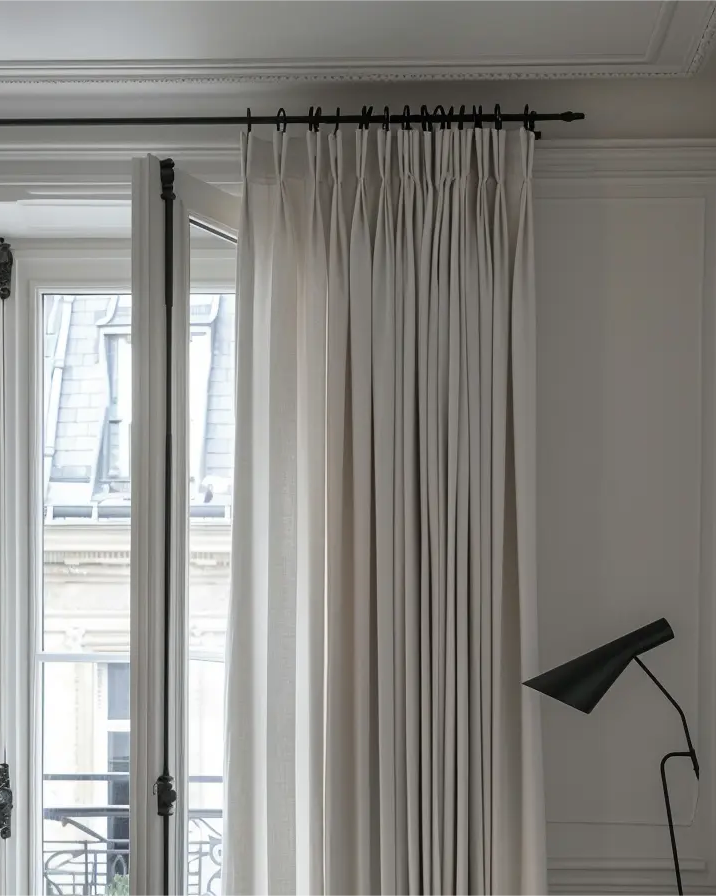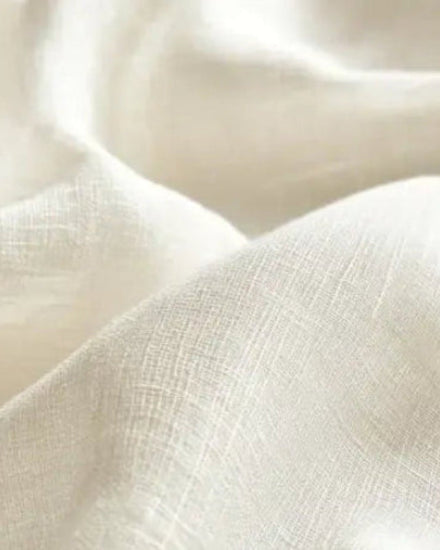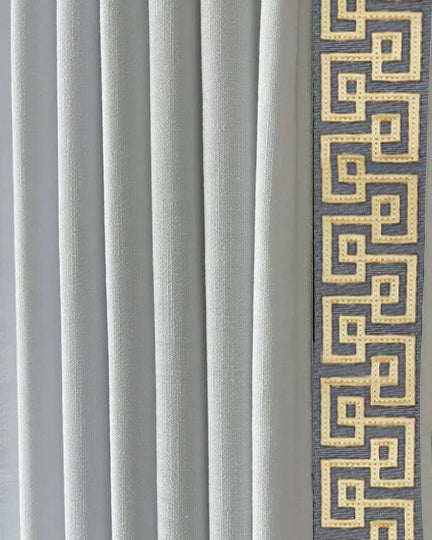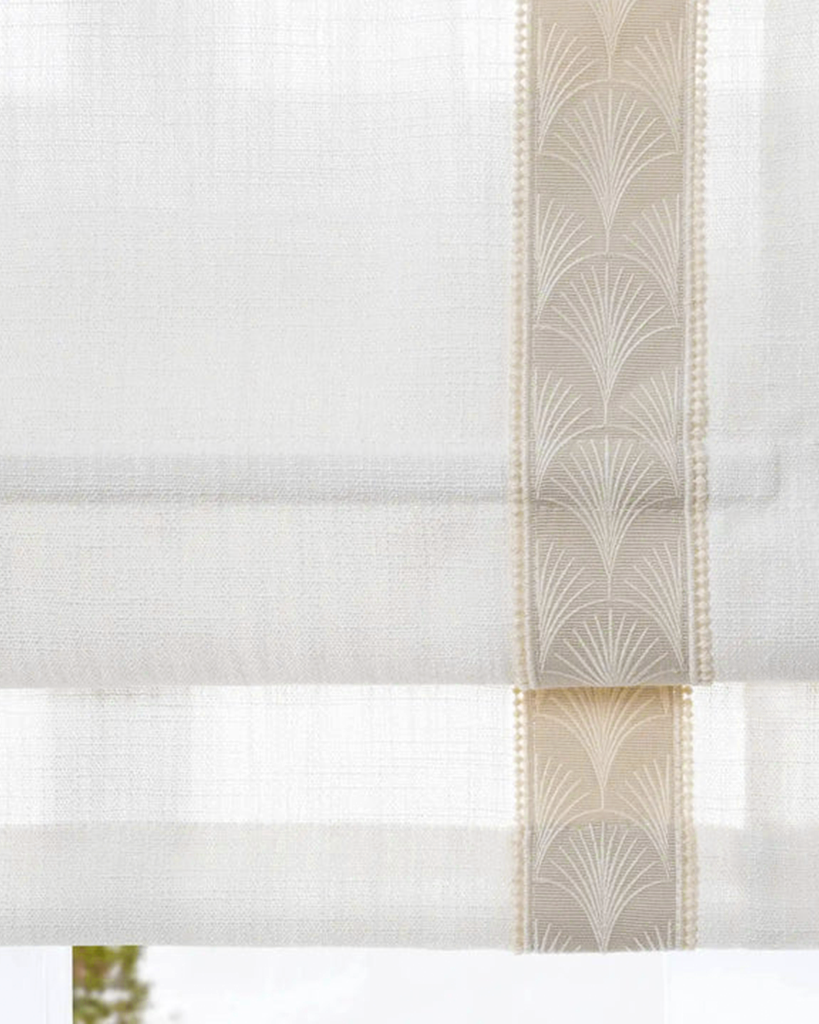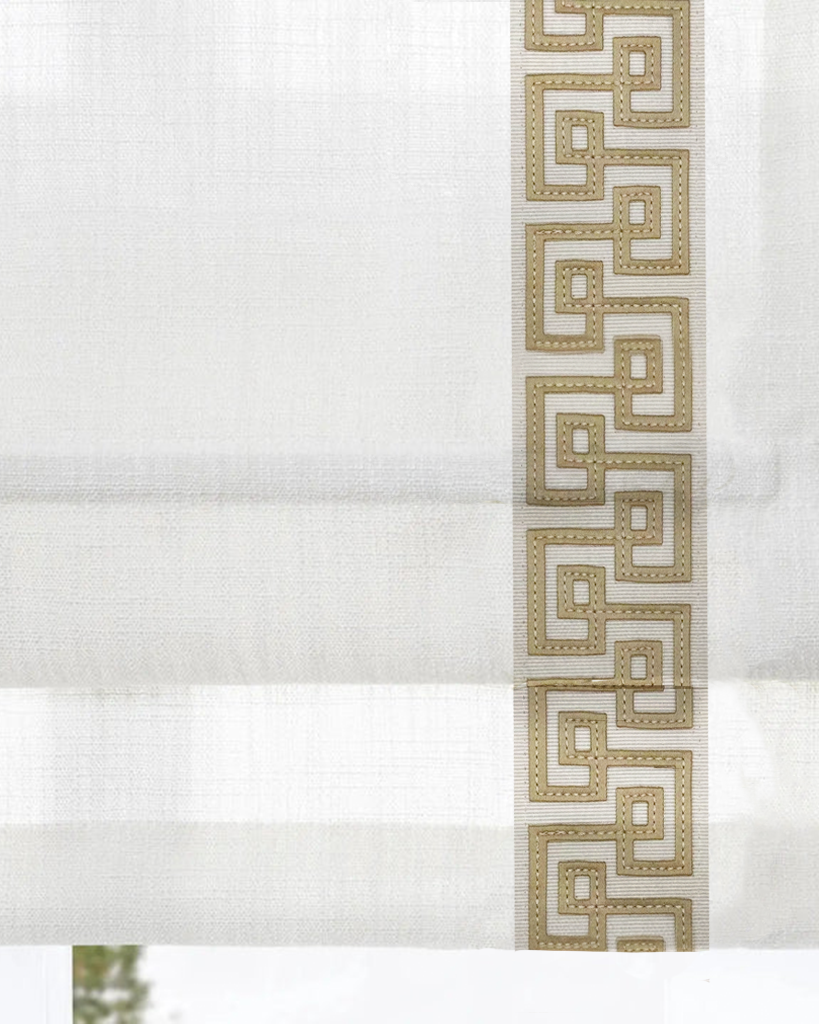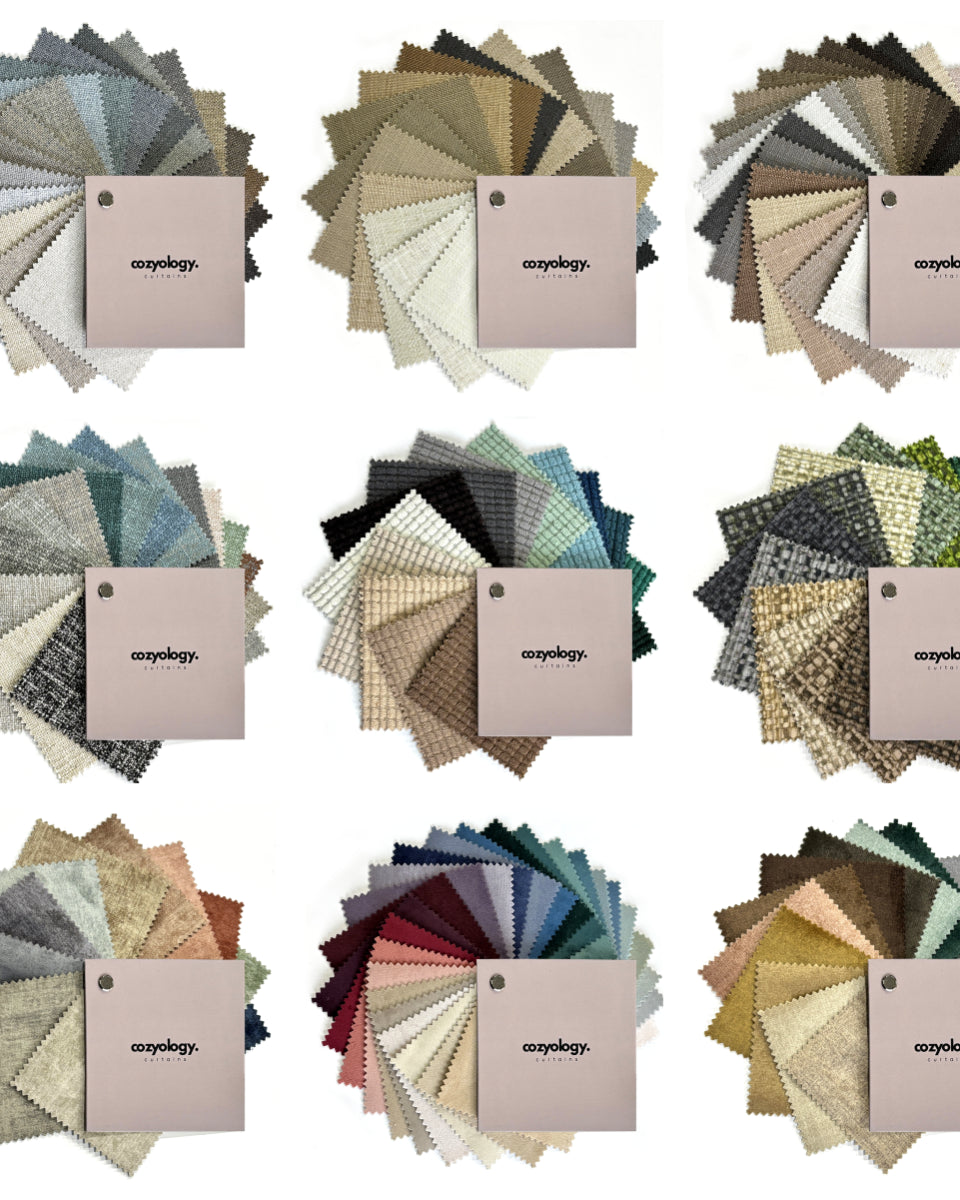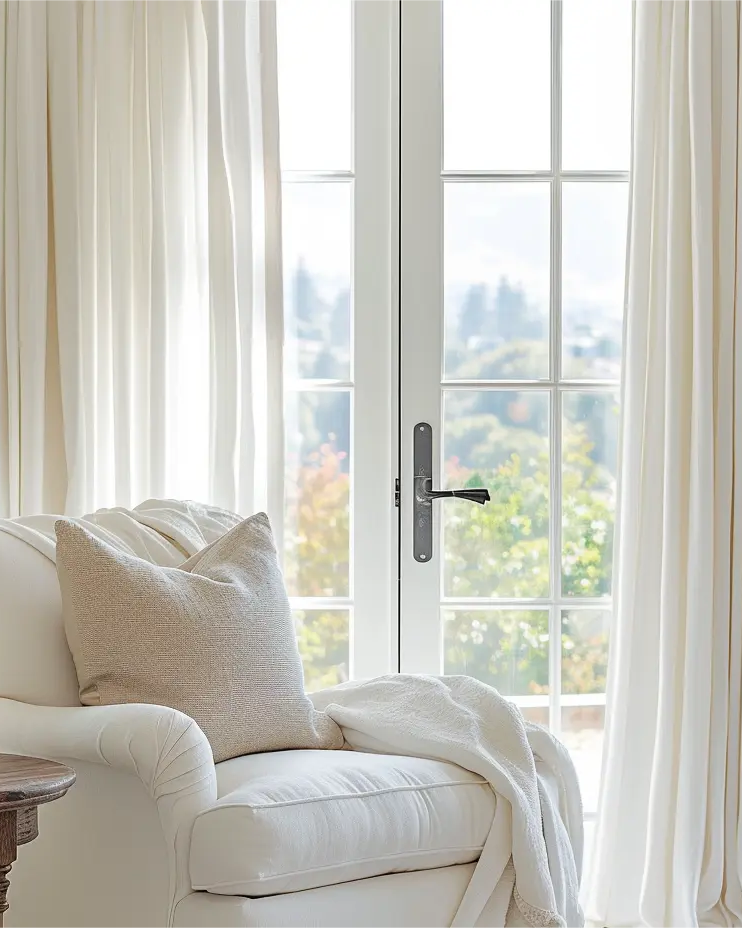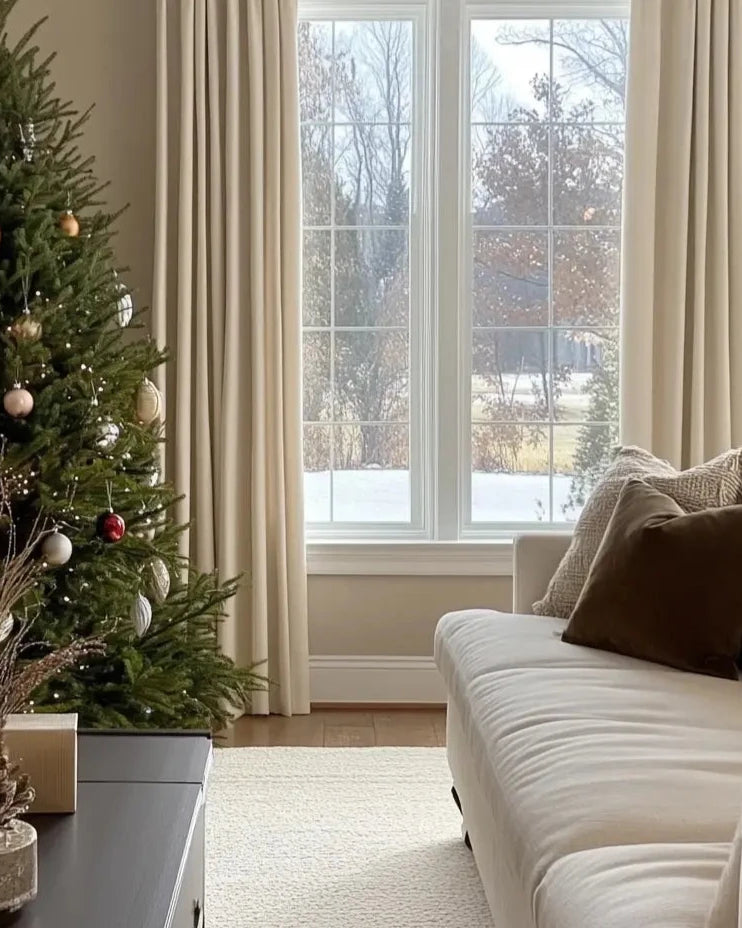Curtains serve multiple crucial functions in a home, from controlling light and providing privacy to adding a decorative touch that enhances the ambiance of your space. Proper maintenance is essential to keep your curtains both beautiful and functional over time. This guide offers comprehensive advice on how to care for your curtains effectively.By adhering to these care tips, you can ensure that your curtains remain a striking and pristine feature of your home décor, contributing to a pleasant and inviting living environment.

Special Considerations for Curtain Maintenance
When it comes to maintaining curtains, understanding the specific needs based on their material, usage, and environmental exposure is crucial. Proper care not only keeps them looking their best but also extends their lifespan. Here’s a detailed guide on how to manage different types of curtains effectively:
Fabric Type:
Natural Fabrics (Cotton, Linen): These fabrics are generally durable and can often be washed at home in a washing machine on a gentle cycle with mild detergent. It’s important to check the manufacturer’s label for specific washing instructions. After washing, they can be air-dried to prevent shrinking. Ironing may be required to remove wrinkles.
Delicate Fabrics (Silk, Lace):
Synthetic Fabrics (Polyester, Nylon): Synthetic curtains are typically more resilient and less prone to wrinkles. They can often be washed at home, but it’s advisable to use cold water and avoid high heat in the dryer to prevent melting or warping of the fibers.
Blended Fabrics: Curtains made from a blend of natural and synthetic fibers may have specific care requirements. It's best to follow the cleaning instructions provided by the manufacturer to avoid damaging the fabric.
Usage Frequency:
Curtains that are frequently used tend to gather dust and absorb odors more quickly, especially those in high-traffic areas like living rooms or bedrooms. It’s recommended to vacuum them regularly using a brush attachment to remove surface dust. For deeper cleaning, washing or professional cleaning may be required more frequently than those in less utilized spaces.
Environmental Factors:
Near Cooking Areas: Curtains in or near kitchens are likely to accumulate grease and odors. These require more frequent laundering and may benefit from fabrics that can tolerate frequent washing.
Direct Sunlight: Curtains exposed to direct sunlight can experience color fading and material degradation over time. Using lined curtains can help reduce these effects. Additionally, rotating curtains if possible, or using UV protective window films can extend their life.
High Pollution Areas: Homes in urban or industrial areas might find that their curtains collect more grime and pollutants. These curtains should be cleaned more often to remove contaminants that can degrade fabric quality and impact air quality inside the home.

Seasonal Considerations:
Swapping out heavier drapes for lighter ones during warmer months and vice versa can not only freshen up the room’s décor but also cater to changing thermal needs throughout the year.
Special Treatments:
Some curtains may be treated with flame retardants or anti-fading chemicals. These treatments can dictate specific cleaning protocols to ensure the protective properties are not diminished.
General Tips for Curtain Care
Maintaining curtains in optimal condition not only enhances their appearance but also extends their durability. Here is an expanded guide with detailed care and maintenance tips:
-
Regular Dusting: Dusting your curtains weekly is essential to prevent dust and dirt accumulation, which can embed into the fabric over time. Use a soft brush attachment on your vacuum or a microfiber duster. For heavy and textured fabrics, which tend to attract more dust, this routine is particularly crucial..
-
Machine Washing: For curtains labeled machine-washable, always use a gentle cycle with mild detergent to prevent damage. It's important to balance the load and avoid overloading the washer. Washing in cold water is preferable to prevent fabric shrinkage and color bleeding. After washing, hang the curtains while damp to naturally stretch out wrinkles.
-
Hand Washing: Delicate fabrics such as lace or lightweight cotton might be better suited to hand washing. Use cold water and a gentle soap. Submerge the fabric and lightly agitate it with your hands. Avoid wringing or twisting the curtains to squeeze out water, as this can damage the fibers. Instead, gently squeeze the excess water out and hang them to dry.
-
Dry Cleaning: For high-maintenance fabrics like silk, velvet, or curtains with embellishments, dry cleaning is recommended. This method cleans without risking damage from water or inappropriate detergents. Always consult a professional cleaner familiar with handling home textiles.
-
Sun Protection: Prolonged exposure to sunlight can fade and weaken fabrics. Rotate your curtains to ensure even exposure, and use linings where possible, especially with sheer and light-colored fabrics. Consider UV-protective window films to mitigate damage without compromising natural light.
-
Ironing and Steaming: To remove wrinkles, iron curtains on the appropriate fabric setting, typically a low heat for delicate materials. A steam iron or a garment steamer can be very effective, especially for hanging curtains. This method allows you to smooth out wrinkles without having to remove the curtains from the rod. Always test a small area first to ensure the heat does not damage the fabric.
-
Hardware Inspection: Regular inspections of curtain rods, hooks, and rings are important to ensure everything is secure and functioning properly. Tighten any loose screws and replace any rusted or damaged parts to prevent accidents and ensure smooth operation of your curtains.
Special Care for Different Curtain Types
Proper care and maintenance of curtains can significantly extend their lifespan and maintain their aesthetic appeal. Different types of curtains require specific care methods depending on their material and design. Here’s a detailed look at how to care for various types of curtains:
-
Sheer Curtains: Sheer fabrics are delicate and light, allowing sunlight to permeate softly through while providing minimal privacy. Because of their delicate nature, it is recommended to either hand wash them or use a gentle cycle in the machine with cool water and mild detergent. To dry, avoid the dryer which can be too harsh; instead, hang them up to air dry naturally. Ironing should be done on a low setting if necessary, or they can be steamed gently to remove any wrinkles.
-
Blackout Curtains: Blackout curtains feature a special lining that blocks light, making them ideal for bedrooms or media rooms. This lining can be damaged by traditional washing, so spot cleaning with a mild detergent is advisable for removing stains. If a deeper clean is necessary, dry cleaning is the safest option to preserve the integrity of the light-blocking features. Always follow the manufacturer's instructions to avoid damaging the fabric.
-
Thermal Curtains: Designed to insulate rooms from heat and cold, thermal curtains can help reduce energy costs. These curtains can typically be machine washed on a gentle cycle with cold water, although it's essential to check the care label as some might only be suitable for spot cleaning. Avoid high temperatures when washing and drying as this can damage the thermal backing. If the curtains are heavily soiled, consider professional cleaning.
-
Embroidered or Decoratively Trimmed Curtains: Curtains with embroidery or decorative trims require careful handling to preserve their detailed designs. These should generally be dry cleaned, as the agitation from a washing machine can cause damage such as fraying or unraveling of embellishments. For light cleaning, spot cleaning with a gentle cleaner is advisable. When handling these curtains, be gentle to avoid pulling or stressing the fabric and trims.

Conclusion
Proper care and maintenance of your curtains are crucial not only for keeping them looking their best but also for ensuring they last for years to come, enhancing both the beauty and comfort of your home. By understanding the specific needs of different curtain fabrics and styles, you can establish an effective cleaning routine that maximizes their longevity.
Regularly dust or vacuum curtains to remove airborne debris and prevent buildup. For machine-washable fabrics, use a gentle cycle with mild detergent, and for more delicate materials like silk or lace, opt for professional dry cleaning to avoid damage. Address stains promptly by spot cleaning with suitable cleaners to prevent permanent marks. Additionally, rotate your curtains periodically to ensure even wear and fading from sunlight exposure. By integrating these practices into your regular home maintenance schedule, you can maintain a polished and inviting atmosphere in every room, ensuring that your curtains continue to serve their decorative and functional purposes effectively.




